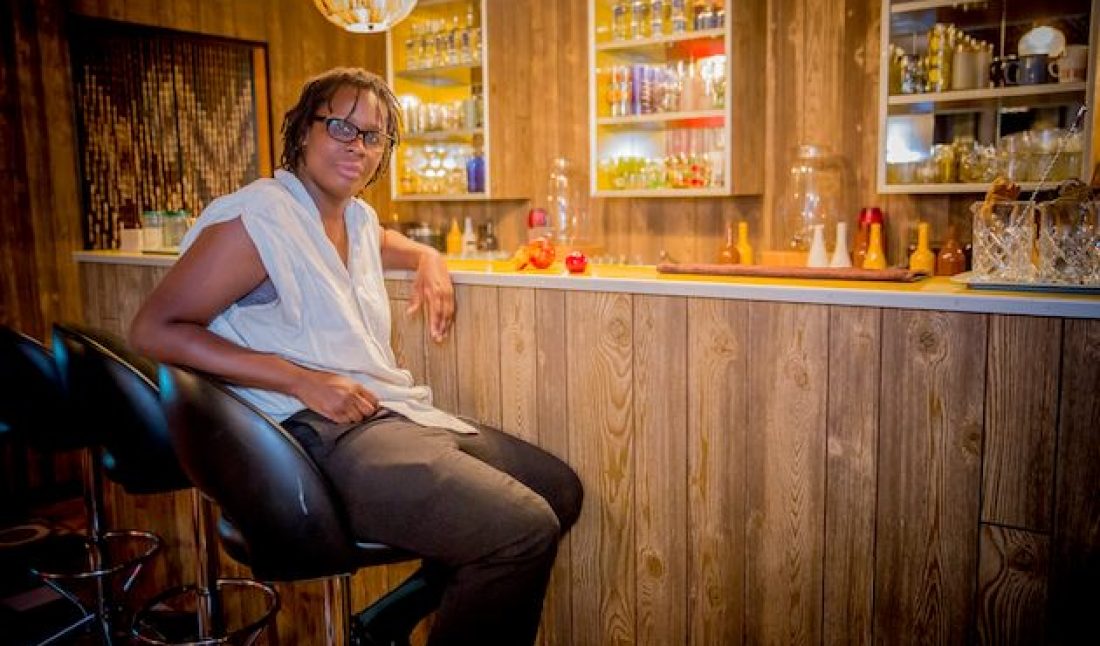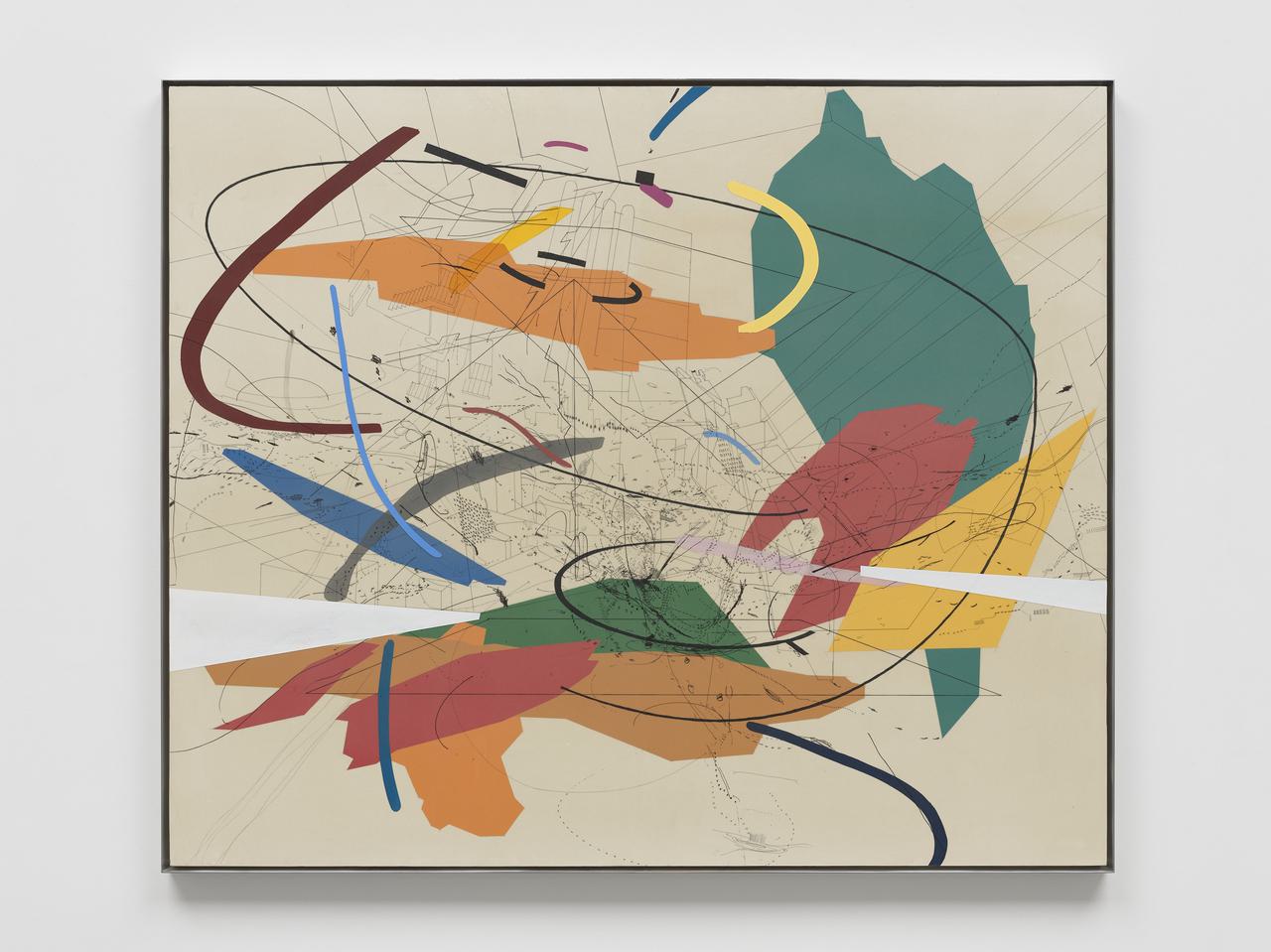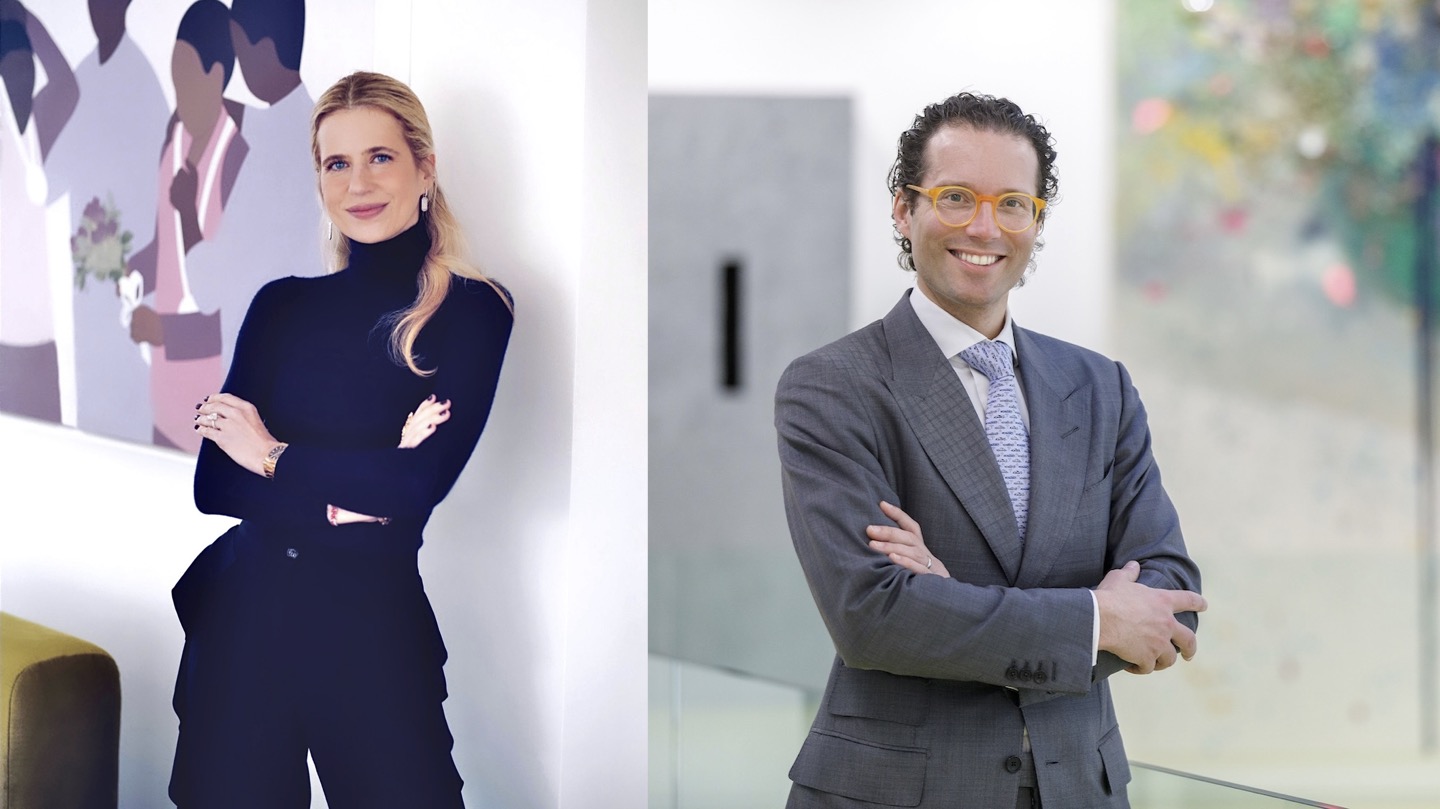On learning that Mickalene Thomas was going to be producing the Absolut Art Bar at this year’s Art Basel, Whitewall could not resist an interview with the artist. Thinking about Thomas as a painter, this discussion explores how the artist approached the commission, which she titled “Better Days” and which she based on her memories of the house parties her mother threw in the seventies. Thomas talks about what ideas have fed into the installation, how the project has informed her own practice and how it feels to be making an art bar during a global event like Art Basel.
WHITEWALL: How did you approach the commission for the Absolut Art Bar at Art Basel 44?
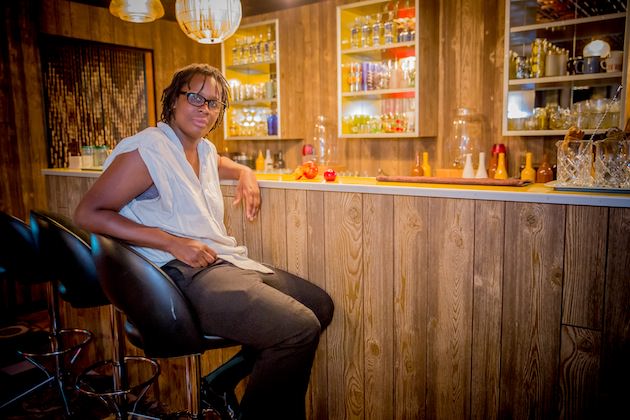
MICKALENE THOMAS: Well, the bar is more of an experiment. It’s activated by the people who accompany it everyday on a day-to-day basis and dependant on the people who come on a particular night. When I conceived of “Better Days,” it was after-parties my mother used to throw for her musician friends and artists. They came together mainly to raise money for sickle cell anaemia and it was a way for them to come together in their community and join together in spirit. It wasn’t just a party, but also a way to focus on charity. So though there is no charity here in this bar I’ve produced, the idea is that it is fashioned in the same way, like a party in a house. The bar is really a premise. It acts as a return to the home.
WW: I wanted to ask about the song by Nina Simone, I Want A Little Sugar in my Bowl.
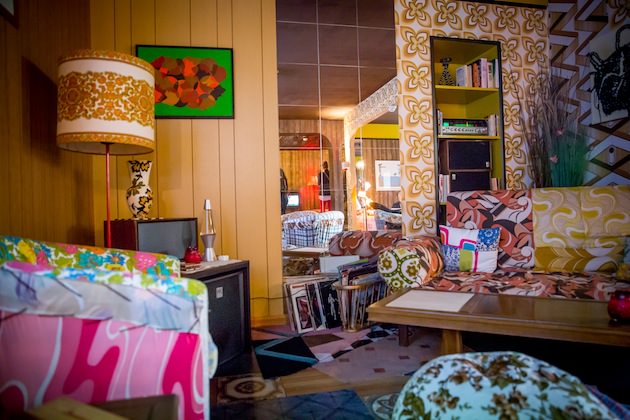
MT: Well, my mother did a play based on Simone’s song with the group Better Days – the group of people she would organise these parties with. They also put on fashion shows and plays during their gatherings; these really off-beat non-sensical plays that really didn’t make sense. One of these was Put a Little Sugar in my Bowl. Most of my work generates with my mother as my muse, and after she passed in September. So I thought it would be fitting to throw this social celebration in her honor. For me, those films are related to a particular kind of woman.
WW: How has your practice as a painter fed into the production of the installation?
MT: I mean when I am arranging the details I think about them as little canvases or paintings, and all these little transitions. The films that are playing in the space are important to me, including one particular one, Killer of Sheep by Charles Burnett. [They are] some are my mother’s favourite movies. I grew up watching Mahogany and Ladies Sing the Blues and I was inspired by them; even the Blaxploitation films, like Foxy Brown or Cleopatra Jones. Despite the controversy that surrounds them for their explicit, provocative racism, the women in these films were heroines, fighting in their community to keep it a certain way.
WW: Compositionally, it’s almost like stepping into one of your canvases…
MT: It’s composed like a prop-like tableau much in the same way I make my paintings. I am making a very direct position. Everything was brought here in a shipment container, so 95% of the stuff that you see, the furniture, the art on the wall, are by artist friends of mine – Wangechi Mutu, Zaire Simmons, Lorna Simpson, Duron Jackson, Derrick Adams. The fake plants, candles, coasters, tables, candy in the jar, all came from New York, sourced from different flea markets and vintage stores, even the clothes the waiters and bar people are wearing, and the lights; we had American sockets fixed.
I did that not because I didn’t trust that I could find these things in Basel. I mean – you could find the same folding white chairs you have in your backyard here. I brought these things to show that there is a global familiarity. That in itself is a global conversation.
WW: How has this project differed or expanded on your artistic practice? Has it informed you as an artist?
MT: It’s a very different experience because for me it is about collaboration, and not necessarily two people working on a similar idea to make something, but collaboration in that all of our art intellects, which vary in many ways, come together in a single space. From the musicians, the DJs…maybe I think about this as a social collaboration in that I’ve worked with all these other creators to take this to another level.
WW: How did you deal with doing an art bar installation when you were approached?
MT: At first I had a sort of aversion to it and I wasn’t interested in the bar concept. I wanted it to really be about an experiment of sharing this social idea and when I pitched “Better Days,” I don’t think they expected this. It’s difficult, because you’re putting yourself out there in a way, and exposing yourself to a certain level, and it can keep you in a particular box, and that’s a box I don’t necessarily like to stay in.
I also thought a lot about bars in particular parts of the world, like a bar in the rural areas of Nigeria, and you have these little shacks where people just hang out all day and they talk and exchange ideas. And through that meeting spot, something else happens – something comes out. And so I hope that the space I create will be activated in the same way.






